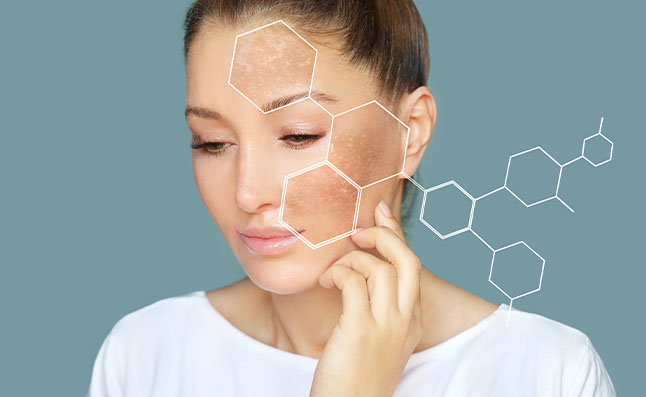
When choosing skincare products, it’s important to be mindful of the ingredients used. Many products contain harmful chemicals that can cause skin irritation, allergies, or long-term health risks. To ensure the safety and well-being of your skin, it’s essential to avoid certain problematic ingredients that are often hidden in the fine print.
Here are the top five skincare ingredients to avoid for healthier, safer skincare:
1. Parabens
What They Are: Parabens are a group of synthetic preservatives used in cosmetics to prevent the growth of mold and bacteria, extending the shelf life of products.
Why to Avoid Them: Parabens can mimic estrogen in the body and have been linked to hormone disruption. Studies have found traces of parabens in breast cancer tissues, raising concerns about their potential carcinogenic effects. While more research is needed, it’s wise to avoid products containing parabens, especially if you use them frequently.
Common Products: Lotions, moisturizers, makeup, shampoos
What to Look For on Labels: Methylparaben, ethylparaben, butylparaben, propylparaben
2. Phthalates
What They Are: Phthalates are chemicals used to make products more flexible or to help fragrances last longer. They are often found in plastics and cosmetics.
Why to Avoid Them: Phthalates have been linked to reproductive and developmental toxicity. Studies suggest that exposure to phthalates may affect the endocrine system, leading to hormone imbalances and potential birth defects in children. They are also suspected to contribute to fertility issues in adults.
Common Products: Fragrances, lotions, hair sprays, nail polish
What to Look For on Labels: Often hidden under the term “fragrance” or “parfum,” as phthalates are not always listed directly
3. Sodium Lauryl Sulfate (SLS) and Sodium Laureth Sulfate (SLES)
What They Are: SLS and SLES are surfactants and detergents commonly used in skincare and personal care products to create lather and remove oils.
Why to Avoid Them: Both SLS and SLES can cause skin irritation, dryness, and stripping of the skin’s natural oils. SLES may also be contaminated with a carcinogenic byproduct called 1,4-dioxane during the manufacturing process. Long-term exposure to these ingredients may lead to more significant skin issues like eczema or dermatitis, especially in sensitive skin types.
Common Products: Cleansers, shampoos, body washes, toothpaste
What to Look For on Labels: Sodium lauryl sulfate, sodium laureth sulfate

4. Formaldehyde and Formaldehyde Releasers
What They Are: Formaldehyde is a preservative used to prevent bacterial growth in cosmetic products. Some ingredients release formaldehyde over time as they degrade, acting as slow-release preservatives.
Why to Avoid Them: Formaldehyde is a known carcinogen and can cause allergic skin reactions, respiratory issues, and irritation. Even in low concentrations, formaldehyde exposure has been linked to skin sensitivities and long-term health risks. Formaldehyde releasers, which slowly release this chemical over time, are equally harmful.
Common Products: Nail polish, hair treatments, lotions, shampoos
What to Look For on Labels: Quaternium-15, DMDM hydantoin, imidazolidinyl urea, diazolidinyl urea, sodium hydroxymethylglycinate
5. Fragrance (Synthetic)
What It Is: Synthetic fragrance is a blend of chemical compounds used to add scent to skincare and beauty products. The term “fragrance” or “parfum” on a label often hides a mixture of potentially harmful chemicals.
Why to Avoid It: Synthetic fragrances are one of the leading causes of allergic reactions and skin irritation. – They can contain allergens, endocrine disruptors, and phthalates, which are harmful to reproductive health. Since companies don’t have to disclose the specific chemicals used in “fragrance” mixtures, it’s difficult to know exactly what you’re being exposed to.
Common Products: Perfumes, moisturizers, deodorants, shampoos, lotions
What to Look For on Labels: Fragrance, parfum, synthetic fragrance
While many skincare products on the market contain harmful chemicals, awareness is key to making healthier choices. Always read ingredient labels carefully and avoid products with parabens, phthalates, SLS/SLES, formaldehyde, and synthetic fragrances. Opt for natural, organic alternatives whenever possible to ensure you’re using safe, non-toxic products that benefit both your skin and overall health.
Switching to safer skincare can help you avoid potential irritants and harmful long-term effects, leading to healthier, glowing skin.